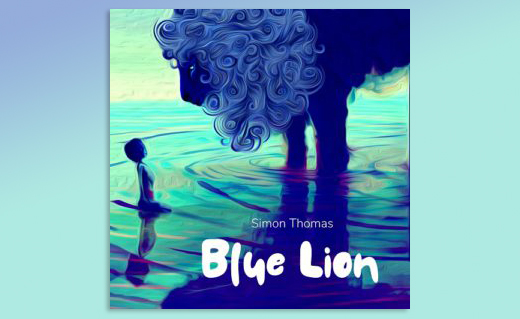Newly-Released Blue Lion Album Brings Dharma to Children Through Music

About This Resource
Details
This week marks the launch of the Blue Lion Album, a joint project from Blue Lion Preschool and Dharma Kids Collective. The album, released March 8, 2021, is available as a digital download (offered on a pay-what-you-can basis), and can be accompanied by a songbook (hard copy or PDF download) so that children and parents can sing along.
Simon Thomas is the musical artist behind the album and director of Dharma Kids Collective, a recently-launched platform where creators and artists can share their dharma-inspired creative resources for children. Here he shares with Middle Way Education a bit about the Blue Lion Album and Dharma Kids Collective, including what was involved in their inception and creation, and what to look for in Buddhist resources for children.
Middle Way Education: How did the idea for The Blue Lion Album and Songbook come about?
Simon Thomas: In February 2020, I was invited to contribute songs to complement the curriculum of the new Blue Lion Preschool established in Singapore under the guidance of Dzongsar Jamyang Khyentse Rinpoche. Thanks to a grant from Khyentse Foundation, I was able to engage a young, up-and-coming producer/musician named Jampal who has added dimensions to the music that I could never have achieved alone. We have also had the most incredible contributions from… READ MORE
Useful links:
- Purchase the Blue Lion Album
- Blue Lion Songbook (hard copy | digital copy)
- Blue Lion Preschool website
- Dharma Kids Collective website
